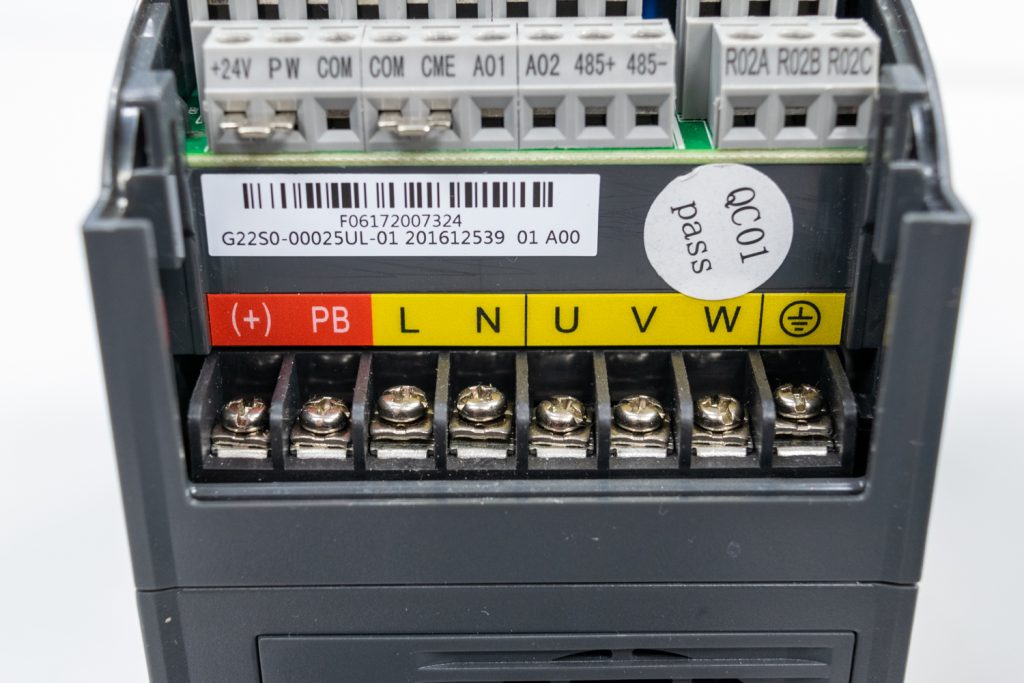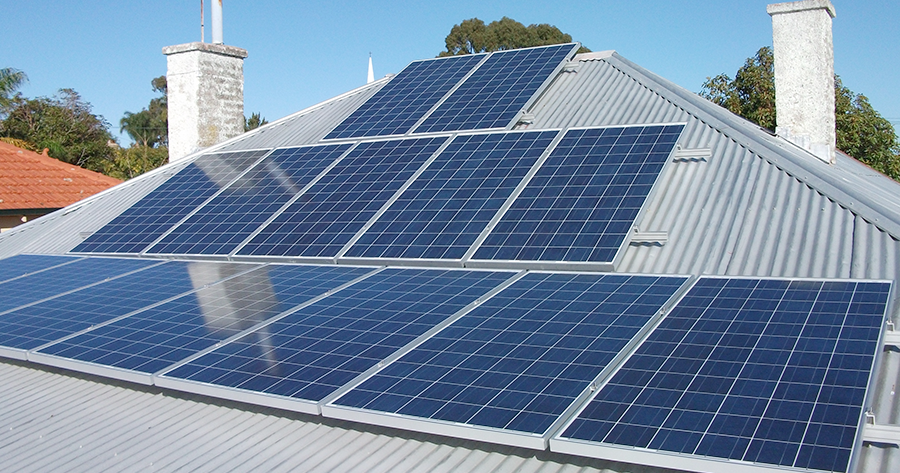Introduction
In electrical systems, an inverter phase refers to the alternating current (AC) output waveform that is generated by an inverter. An inverter is an electronic device that converts direct current (DC) into AC, and is commonly used in applications such as solar pansels, wind turbines, and battery storage systems.

Inverter phase is an important aspect of these systems, as it can affect the efficiency, power output, and cost of the overall system.
Single-phase Inverter phase
Definition of Single-phase Inverter phase
A single-phase inverter phase is a type of AC waveform that is generated by a single-phase inverter. Single-phase inverters are commonly used in smaller electrical systems, such as residential solar panels or small wind turbines. The output waveform of a single-phase inverter is a sinusoidal waveform with a single peak and trough per cycle.
Advantages of Single-phase Inverter phase
One advantage of single-phase inverters is their simplicity and low cost. Because they only require one set of electronics to generate the AC waveform, they are easier to manufacture and typically cost less than three-phase inverters. Additionally, single-phase inverters are well-suited for smaller electrical systems, as they can efficiently convert the DC power output of a single solar panel or wind turbine into usable AC power.
Disadvantages of Single-phase Inverter phase

One disadvantage of single-phase inverters is their limited power output. Because they only generate a single waveform, their power output is limited compared to three-phase inverters. This makes them less suitable for larger electrical systems, as they may not be able to generate enough power to meet the demands of the system.
III. Three-phase Inverter phase
Definition of Three-phase Inverter phase
A three-phase inverter phase is a type of AC waveform that is generated by a three-phase inverter. Three-phase inverters are commonly used in larger electrical systems, such as commercial solar panels or industrial wind turbines. The output waveform of a three-phase inverter is a sinusoidal waveform with three peaks and troughs per cycle.
Advantages of Three-phase Inverter phase
One advantage of three-phase inverters is their higher power output. Because they generate three waveforms, they can produce more power than single-phase inverters, making them well-suited for larger electrical systems. Additionally, three-phase inverters are more efficient than single-phase inverters, as they can better balance the load between the three waveforms.
Disadvantages of Three-phase Inverter phase
One disadvantage of three-phase inverters is their higher cost. Because they require three sets of electronics to generate the AC waveform, they are more complex and expensive to manufacture than single-phase inverters. Additionally, three-phase inverters may be less efficient than single-phase inverters in smaller electrical systems, as they may not be able to efficiently convert the DC power output of a single solar panel or wind turbine into usable AC power.
Comparison between Single-phase and Three-phase Inverter phase
Power output
One of the primary differences between single-phase and three-phase inverters is their power output. Three-phase inverters have a higher power output than single-phase inverters, making them better suited for larger electrical systems. Single-phase inverters may not be able to generate enough power to meet the demands of a larger system, whereas three-phase inverters can efficiently generate the required power.
Efficiency
Another difference between single-phase and three-phase inverters is their efficiency. Three-phase inverters are generally more efficient than single-phase inverters, as they can better balance the load between the three waveforms. This results in less wasted power and a more efficient overall system.
Cost

Cost is also a consideration when choosing between single-phase and three-phase inverters. Single-phase inverters are generally less expensive than three-phase inverters, as they require fewer electronics to generate the AC waveform. However, for larger electrical systems, the higher power output of three-phase inverters may justify their higher cost.
Application areas
The choice between single-phase and three-phase inverters also depends on the specific application area. Single-phase inverters are well-suited for smaller electrical systems, such as residential solar panels or small wind turbines. In contrast, three-phase inverters are better suited for larger electrical systems, such as commercial solar panels or industrial wind turbines.
Conclusion
Inverter phase is an important consideration when choosing an inverter for an electrical system. Single-phase inverters are simpler and less expensive, but have lower power output and may not be as efficient as three-phase inverters. Three-phase inverters are more complex and expensive, but have higher power output and are more efficient. The choice between single-phase and three-phase inverters depends on the specific application area and power requirements of the electrical system. Ultimately, choosing the right inverter phase can help ensure an efficient and effective electrical system.
While single-phase and three-phase inverters are the two main types of inverters available, there are other factors to consider when choosing an inverter. For example, the inverter’s efficiency, reliability, and compatibility with other components in the electrical system can also play a significant role in its overall effectiveness.
Efficiency is particularly important when it comes to inverters, as any wasted power can result in increased energy costs and reduced system performance. In general, three-phase inverters are more efficient than single-phase inverters, but the specific efficiency rating of an inverter will depend on factors such as its design, the quality of its components, and the load it is powering.
Reliability is another important factor to consider when choosing an inverter. Inverters can be vulnerable to damage from voltage spikes, weather events, and other factors, so it is important to choose an inverter that is built to last and comes with a warranty. Additionally, compatibility with other components in the electrical system, such as batteries or solar panels, can also impact the overall reliability of the system.
It is also worth noting that inverters can be classified by their output type, which can impact their suitability for different applications. For example, some inverters produce a modified sine wave output, which is less pure than a true sine wave output but can be less expensive. In contrast, pure sine wave inverters produce a more stable and reliable output, making them a better choice for sensitive electronic equipment.
In terms of cost, the upfront cost of an inverter is only one factor to consider. Over the life of the system, factors such as energy costs, maintenance costs, and replacement costs can also impact the overall cost effectiveness of the system. In general, higher quality inverters with better efficiency and reliability ratings may be more expensive upfront, but can result in lower long-term costs.
In conclusion, while the choice between single-phase and three-phase inverters is an important consideration when choosing an inverter for an electrical system, there are many other factors to consider as well. Efficiency, reliability, compatibility, and output type are just a few of the factors that can impact the overall effectiveness and cost of the system. By carefully considering these factors and choosing the right inverter for the specific application area, it is possible to create an efficient and effective electrical system that meets the needs of the user.
See Also-
- Best 2000 Watt Inverter 2023
- Best 3000 Watt Inverter 2023
- Best 3500 Watt Inverter Generator 2023
- Best 4500 Watt Inverter Generator 2023
- Best Dual Fuel Inverter Generator 2023
